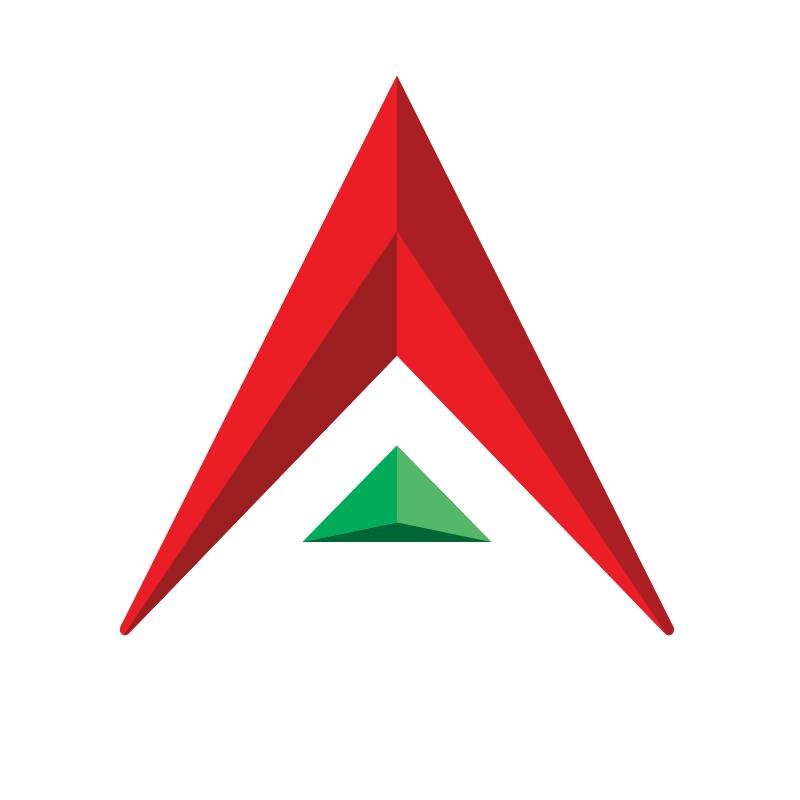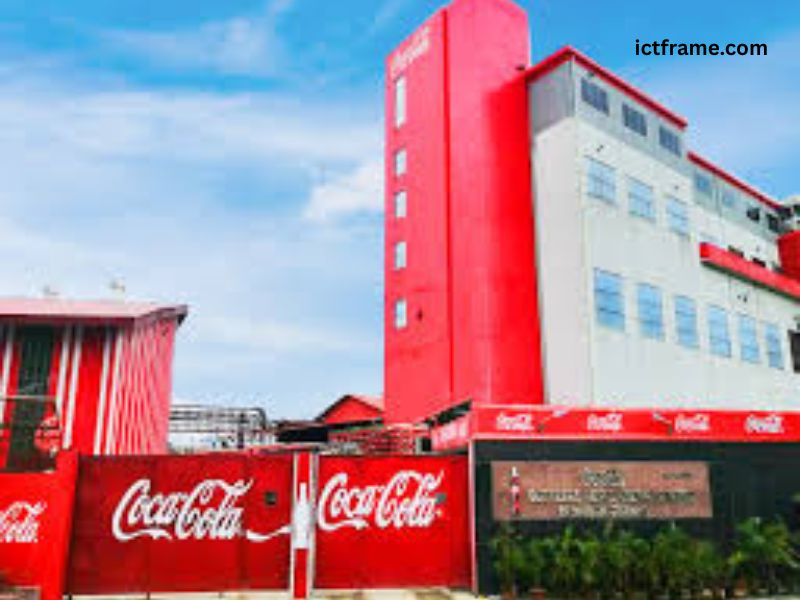Navigating Profit Headwinds with Strong Dividend Potential and Improving Asset Quality of Nabil Bank
6th November 2025, Kathmandu
The financial results for Nabil Bank Limited’s first quarter (Q1) of the fiscal year 2025/26 present a mixed yet fundamentally strong picture, underscoring the complexities currently facing Nepal’s banking sector.
Nabil Bank Reports Profit
While the key headline, a notable 14.57% decline in Net Profit, may initially concern investors, a deeper dive into the report reveals significant strengths, particularly in credit quality and future dividend potential. The bank’s performance is a case study in balancing the immediate pressures on profitability with strategic long-term financial health.
Profitability Under Pressure: The Sector-Wide Squeeze
Nabil Bank’s net profit for the quarter stood at NPR 1.75 billion, a marked decrease from the NPR 2.05 billion recorded in the same period last year. This 14.57% contraction in net earnings is paralleled by a decrease in both Operating Profit and Net Interest Income (NII). Operating Profit dropped by 10.84% to NPR 2.57 billion, and NII, the core engine of banking income, decreased by 5.77% to NPR 3.90 billion.
The decline in NII is a primary driver of the reduced profitability. This trend often reflects a challenging macro-economic environment where banks face intense competition to maintain loan-to-deposit spreads. A possible reason for the revenue pressure could be a combination of a slow credit off-take in the economy, limiting high-interest lending opportunities, and a higher cost of funds due to competition for deposits. Additionally, a moderation in Net Interest Margin (NIMs), a profitability indicator, could be at play, which is a common trend across the industry following recent regulatory and economic shifts. The annualized Earnings Per Share (EPS) also mirrored this decline, falling from NPR 29.83 to NPR 25.49, a direct consequence of the lower net profit over the bank’s substantial paid-up capital of NPR 27.05 billion. Investors must monitor whether this NII trend stabilizes in the coming quarters to determine if the profit slump is a temporary blip or a persistent challenge.
Asset Quality and Credit Health Shine: The NPL Success Story
The most impressive metric in the Q1 report is the significant improvement in the bank’s asset quality. The ratio of Non-Performing Loans (NPL) saw a dramatic drop, decreasing from 1.42% in the previous year’s same quarter to an outstandingly low 0.97% in the current quarter.
This sub-one-percent NPL ratio is a strong indicator of superior credit underwriting and effective loan recovery mechanisms. It signifies that the bank’s loan book is fundamentally healthier, with a much smaller portion of assets at risk of default. In a tight economic climate, a low NPL is crucial because it directly reduces the need for large impairment charges (loan loss provisions) that eat into profits. The improved NPL offers a strategic advantage, bolstering the bank’s stability and positioning it well for future lending cycles. For long-term investors, the significant enhancement in NPL is a powerful sign of robust risk management, suggesting that the recent profit headwinds are not a result of a decline in credit quality but likely tied to broader market dynamics impacting revenue generation.
Strong Dividend Capacity: A Boost for Shareholders
Despite the short-term profit decline, Nabil Bank offers a powerful signal of its financial strength through its Distributable Profit and corresponding dividend capacity. The bank has a distributable profit of NPR 5.63 billion, which translates to a high Dividend Distribution Capacity of 30.15%. This is a considerable jump from the 20.96% capacity recorded in the same period last year.
This surge in dividend capacity, coupled with an increase in Retained Earnings (up from NPR 4.77 billion to NPR 5.63 billion) and a growth in the Reserve Fund (up to NPR 32.43 billion), indicates a deep reservoir of capital. The dividend capacity of over 30% suggests that the bank, if approved by its Annual General Meeting (AGM) and regulated by Nepal Rastra Bank (NRB), is in a powerful position to reward shareholders handsomely. The strength of these reserves points to a well-capitalized institution capable of absorbing market shocks and maintaining attractive shareholder returns. This strong capacity is a key positive factor for current and prospective shareholders, demonstrating the bank’s commitment to returning value despite the challenging operating environment.
Expansion and Financial Footprint
On the operational front, Nabil Bank’s balance sheet continues to expand. The bank reported Total Deposits of NPR 556.61 billion and Total Loans Disbursed of NPR 421.02 billion. These figures reflect consistent growth from the last fiscal year’s end (deposits: NPR 524.62 billion, loans: NPR 412.79 billion). This increase in both deposits and loans shows the bank’s continuous expansion of its market presence and lending activity. The bank is efficiently mobilizing public deposits into the lending market, solidifying its position as a major player in the Nepalese banking landscape.
Market Outlook and Investment Takeaway
The Q1 FY 2025/26 report for Nabil Bank presents a compelling narrative of a bank managing short-term profitability challenges while building long-term value. The profit and EPS decline suggests that the bank, like many in the sector, is facing headwinds on its core interest income. However, the dramatic improvement in the NPL ratio to 0.97% signals outstanding credit quality and risk control, a crucial foundation for sustained growth. Furthermore, the 30.15% dividend distribution capacity is a robust commitment to shareholder returns.
For investors, Nabil Bank remains a blue-chip banking stock with excellent fundamentals. The temporary profit dip should be weighed against the significant structural improvements in asset quality and the strong signal of future dividend potential. The bank’s massive capital base and strong reserve position provide confidence in its stability and resilience. Investors should watch for a recovery in the Net Interest Income metric in the upcoming quarters, as continued NPL improvement and strong dividend payouts are likely to cement Nabil Bank’s status as a top-tier financial institution in the Nepalese market.
For More: Nabil Bank Reports Profit








